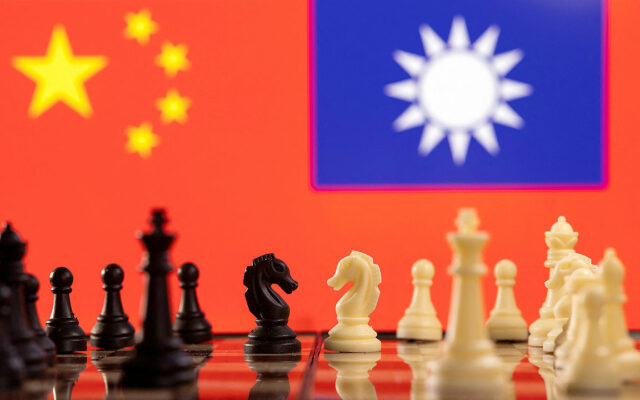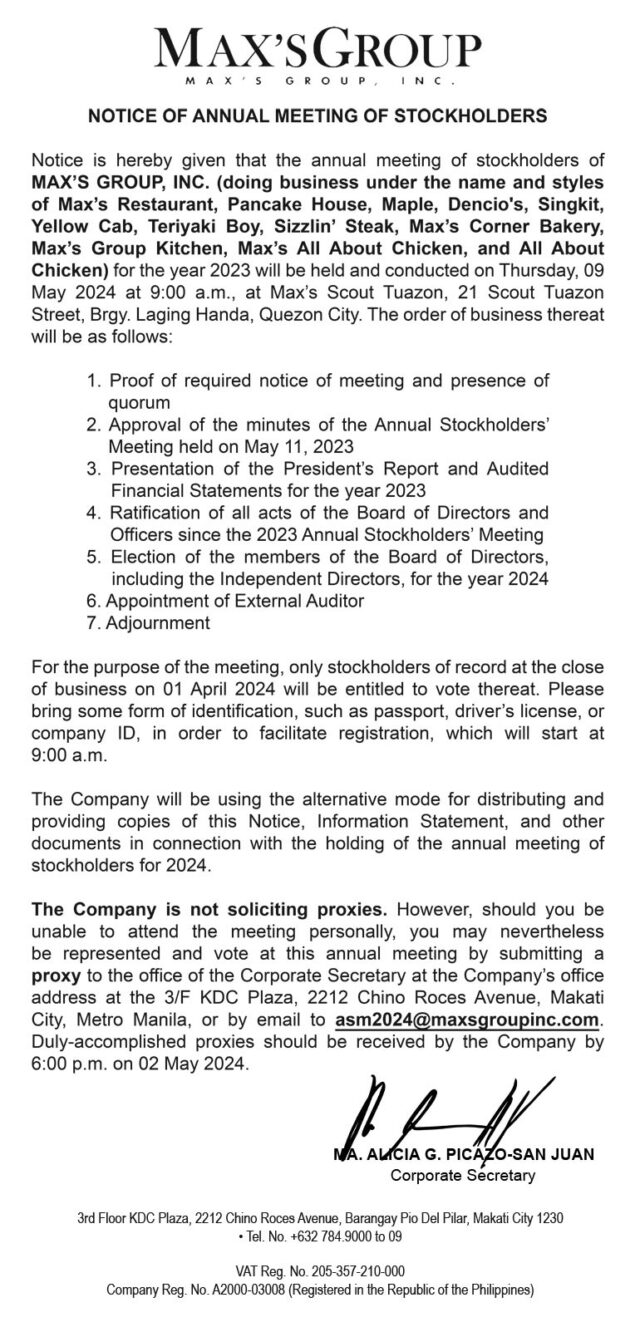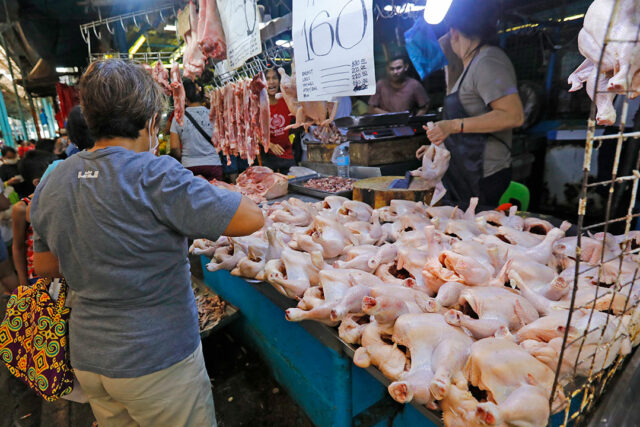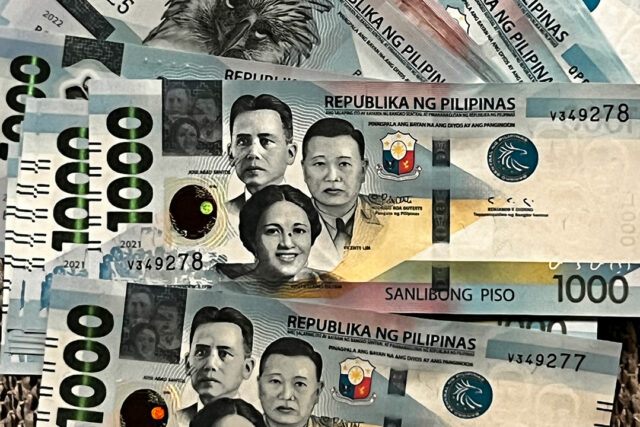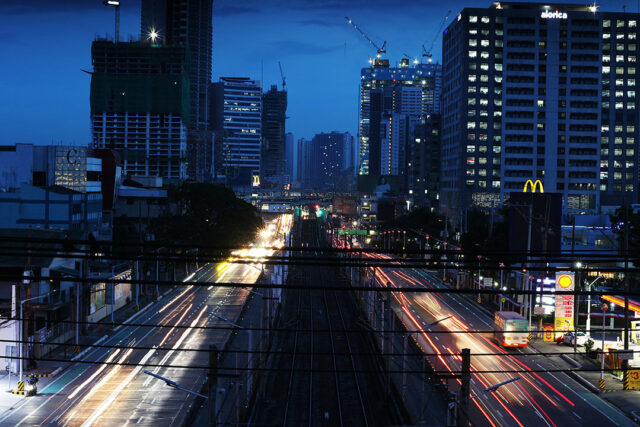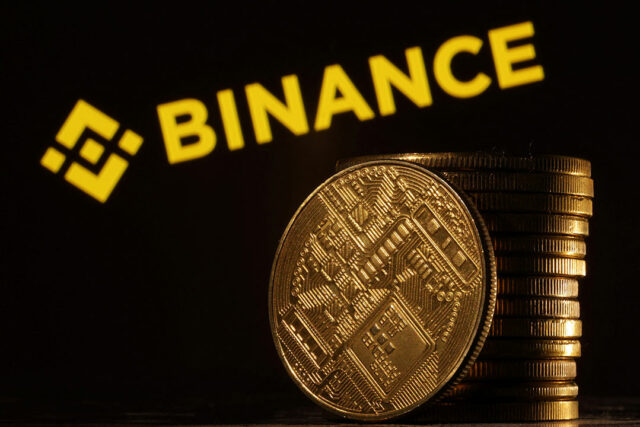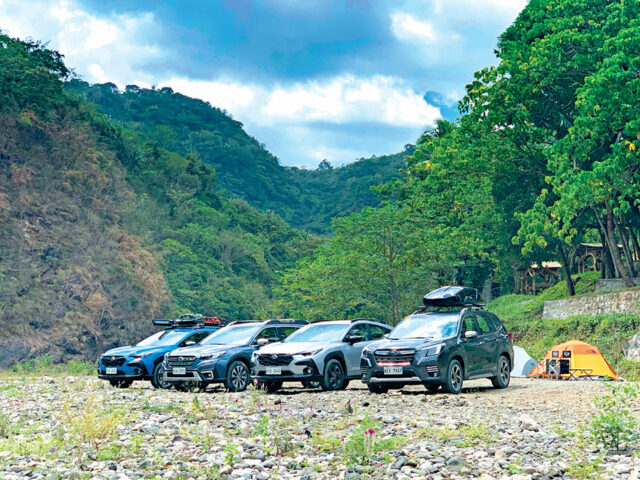TAIPEI – Taiwan’s outgoing President Tsai Ing-wen plans to flee in a US plane if war erupts with China, according to an unsubstantiated report first published in 2021 and echoed in the run-up to the island’s January 2024 general election.
Another story said Ms. Tsai had given her confidantes VIP “runaway” passes.
They are among the many unsupported tales of Ms. Tsai’s preparations to escape harm that have been fed into the island by Chinese state media outlets, according to an analysis conducted for Reuters by the Information Environment Research Center (IORG), a Taiwan-based non-government organization.
The IORG analysis revealed that the narrative that Ms. Tsai planned to flee if war broke out with China, and that Taiwan’s military drills were rehearsals for this, originated with an outlet controlled by the Chinese Communist Party (CCP) in June 2021, and was quickly repeated by other official Chinese news sources.
Taipei has repeatedly said the reports are false. The government has not publicly detailed its plans for the leadership in the event of conflict. Reuters could not independently determine the existence of any such escape plans.
Reuters asked IORG to analyse the origin of the stories about Taiwan’s military drills because the exercises drew Chinese ire and significant international coverage.
IORG is a non-partisan group of social scientists and data analysts funded by academic institutions and organizations supported financially by Britain and the United States.
The organization found over 400 stories portraying the military exercises, including the annual Han Kuang drills, as rehearsals for Taiwan’s leadership to desert, in what IORG said appeared to be a concerted attempt by Beijing to undermine the ruling Democratic Progressive Party (DPP).
China’s Taiwan Affairs Office, which is responsible for relations with Taipei, said in response to Reuters questions that IORG’s research included “fabricated and ill-intentioned” allegations.
It said China was the victim of “cognitive warfare” – attempts to influence public sentiment via propagation of misinformation – by the DPP. The party, the office said, had created a misinformation supply chain that hurt the feelings of compatriots.
The analysis of text articles and videos published between April 2021 and January 13, 2024, was conducted with data-processing technologies that enabled IORG to identify the origins of certain narratives and related keywords.
Despite Chinese influence efforts, the DPP’s Lai Ching-te was elected president on Jan. 13, though the party lost its parliamentary majority. Mr. Lai will be inaugurated on May 20.
Beijing, which has long tried to force democratically governed Taiwan into accepting Chinese sovereignty claims, views Ms Tsai and Mr. Lai as separatists.
China portrayed support for DPP candidates as a vote for war due to Lai’s refusal to accept Beijing’s position that Taiwan is part of “one China.” Lai had insisted throughout the campaign that he does not seek to Read full story change the status quo, in which Taiwan enjoys de facto independence but with very limited official diplomatic recognition.
Beijing has insisted on an eventual “reunification” with Taiwan, which the CCP has never ruled, into “one China.” It has not renounced the use of force to achieve that aim.
TALKING POINTS
Stories portraying the DPP leadership as warmongers who would flee in the event of conflict became talking points in Taiwan and were used by some media outlets and opposition politicians to criticize the DPP.
The number of stories often spiked at politically sensitive moments, such as then-US house speaker Nancy Pelosi’s 2022 Taipei visit and the annual military drills, according to IORG’s analysis. Discussion of these stories by opposition politicians and on social media also rose during these periods of elevated tensions, the analysis showed.
Around those periods, state media in Beijing and Fujian province near Taiwan, as well as Hong Kong-based media outlets that Taiwan intelligence officials say are linked to the CCP, published over 93% of the 439 stories portraying the drills as preparations for key Taiwanese leaders to desert, IORG said.
Many stories were further amplified by pro-Beijing voices, including Taiwan-based media outlets and social media accounts, IORG found.
Taiwan’s defence ministry said in a March 7 report to parliament that Beijing had used state media and “local collaborators” to spread narratives that would weaken confidence in the government. It did not name the alleged collaborators.
The presidential office separately told Reuters that China was engaged in “disinformation warfare” against the island.
Taiwan’s main opposition Kuomintang (KMT), which favours closer ties with China but denies being pro-Beijing, said in response to Reuters questions that its criticism of the DPP did not mean it should “be accused as disloyal or mislabeled as a collaborator of ‘cognitive warfare’ by any external hostile force.”
The KMT added it opposes any “cognitive warfare” conducted by foreign forces, including Beijing, to interfere in Taiwan’s elections.
FUJIAN ORIGINS
IORG’s analysis showed that the CCP-backed Fujian Daily Press Group, which runs a network of Taiwan-focused news portals, was behind roughly 20% of the 439 stories.
Fujian Daily Press Group and the other media outlets mentioned in this story did not return requests for comment.
IORG’s research spanned more than 1,300 Chinese official news outlets; over 500,000 accounts on YouTube, Weibo, and Douyin – the Chinese version of TikTok; and more than 1.2 million Chinese-language Facebook pages.
The parent companies of YouTube, Weibo and Douyin did not respond to requests for comment.
Of the 439 articles published between April 2021 and Jan. 13 that framed Taiwan’s military drills as escape rehearsals for Ms. Tsai, 110 originated with Beijing-based outlets, including the overseas editions of People’s Daily and Global Times.
Another 169 came from Hong Kong, long a hub for Chinese-language media, and 130 were published from Fuzhou, the capital of Fujian.
Of the latter, the Fujian Daily-run Taihainet website and associated social media accounts published nearly 90 stories.
The narrative that Taiwan’s leadership would flee by plane originated in a June 10, 2021, Fujian Daily story, IORG found. The newspaper called a US military C-17 transport plane, which had visited Taiwan that month, a “runaway plane” for Taiwan’s leadership.
Within three months of the story’s publication, similar narratives emerged in 22 articles or videos published by other Chinese state media, as well as on social media accounts in China and Taiwan and in comments by Taiwanese media outlets and politicians.
Media personality Jaw Shaw-kong, who was the KMT’s vice presidential candidate this year, wrote on Facebook in August 2021 – shortly after Kabul fell to the Taliban – that he wondered if Tsai would resign and flee on a plane “if the enemy is at the gates, like what happened in Afghanistan.”
Taiwan opposition politicians seeking office in the 2024 legislative elections, such as senior KMT lawmaker Fu Kun-Chi, also suggested that the DPP would flee.
“Those who cannot run away would be like you ordinary folks gathered here,” Mr. Fu told a crowd of hundreds at a Dec. 10 rally.
Jaw and Mr. Fu’s office did not return requests for comment.
Taiwan has a lively and partisan media, with some outlets and personalities advocating formal independence and others favoring closer economic and political ties with Beijing. Freedom of speech – including on issues about the island’s future relations with China – is protected by law.
LOCAL NARRATIVES
Other narratives began with Taiwan-based news or social media outlets before being modified and amplified by others, according to timelines constructed by IORG.
On Sept. 8, 2022, Taiwan-based Storm Media published a story, citing unidentified sources, saying Tsai had issued a “confidential pass” giving confidantes privileged access to military shelters in the event of war.
Ms. Tsai’s office denied the story.
On Sept. 14, the story was modified into a narrative about a “runaway boarding pass” by an online publication operated by Hong Kong-based China VTV, which Taiwan’s Investigation Bureau has publicly accused of having financial ties with Chinese authorities.
VTV did not respond to a request for comment.
A version of the “runaway pass” narrative was amplified by at least two dozen Taiwan or China-based publications or social media accounts after the Storm Media story ran, IORG found.
“The more exaggerated claims make the previously exaggerated claims less exaggerated and even more believable,” said IORG co-director Yu Chihhao.
China’s external influence efforts help Beijing reach a broad audience, said University of Hong Kong journalism professor Fu King-wa.
But their outcomes aren’t often clear, he said, adding that there wasn’t “available evidence on whether it’s really effective on changing, or having an impact on the other countries’ local political conditions, or outcomes.” – Reuters



